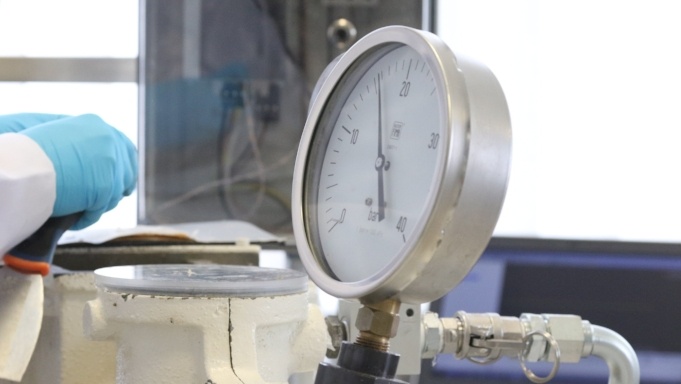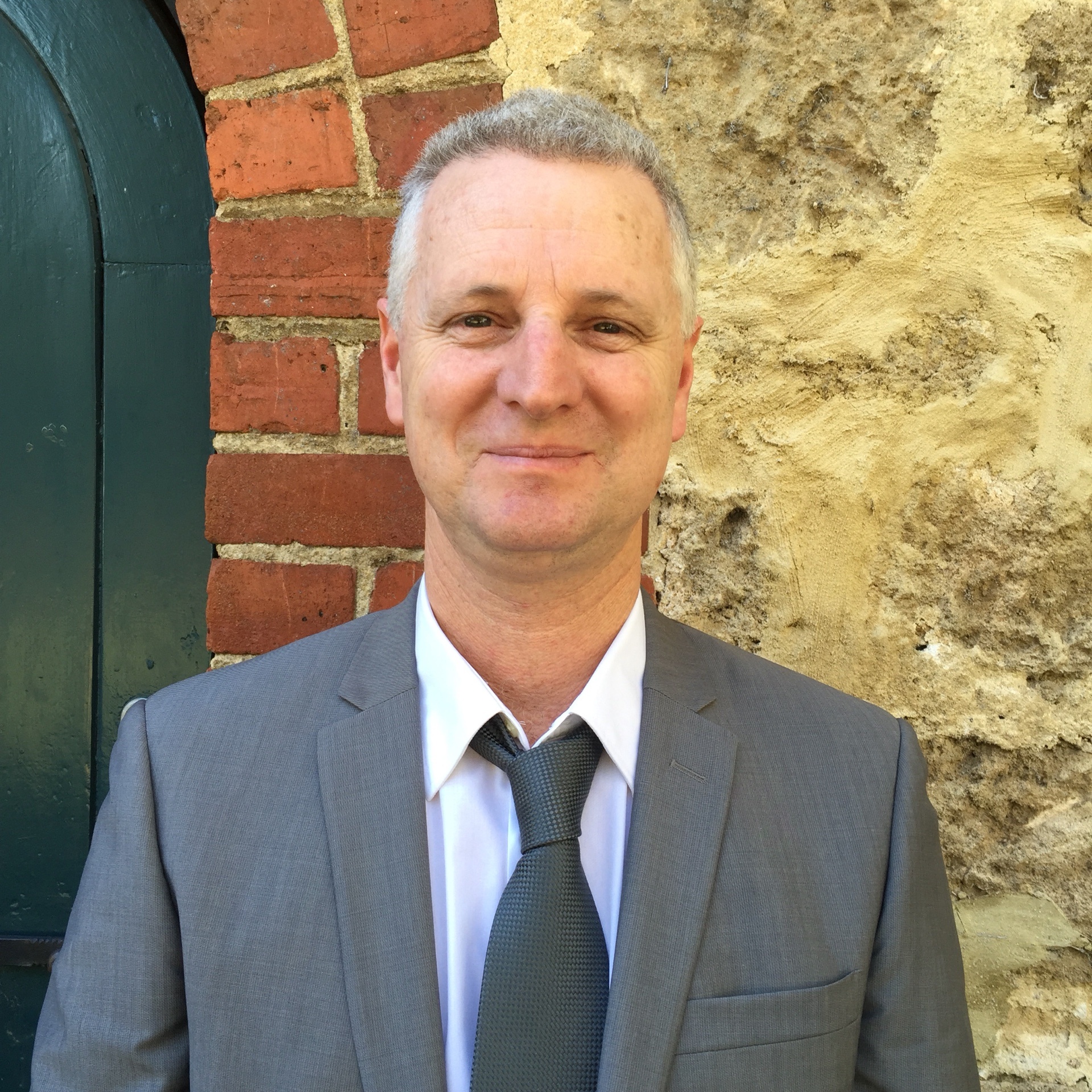
Blake Stacey, technical consultant in Real Material Solutions (https://real-mat-sol.com) who has worked for many years in the ceramics sector, has written a testimony about solving production problems and finding the best way to work with the difficult clays on Western Australia. Here we share some of his thoughts:
Do all additives work on all clays or only on specific clays? To me this is an open question.
As a young ceramics engineer in the 1980s, I knew that Borregaard’s Additive A was being used to improve clays on the east coast of Australia.
So as an older ceramics engineer, facing cracking and workability issues in red clays on the west coast of Australia, I thought I should try the same additive and see if they reduced cracking.
Unfortunately, when I added this additive to the problematic red clays, I found that it was difficult to see any power usage reduction at the extruder, and there was no obvious cracking reduction after firing.
So I asked myself these questions: are some clays somehow more difficult to activate with organic additives? Could there be some other issue like pH or chemical composition that was not measured and is critical?
As usual, we tend to focus on finding other ways around the cracking problem, like slower drying, different setting, modified clay mix, etc. and these can be suitable solutions. However, the use of the right additives can also provide good results.
Unfortunately, the fact that no plasticizer is currently used on the west coast must say something that we need to better understand. Can the new BioKeram range of products help? This is an open question that is yet to be solved.
It also means to me that any factory with cracking or workability issues would need to undertake rigorous testing and factory trials before implementing. Lab and sales support, and the open inquisitive mind of the supplying company is also required.
So here is a challenge for someone: continue to study the effect of Additives like BioKeram and Additive A and B on various clays, even with the unusual Australian west coast clays and definitely engage in tests and trials on the East coast where this additive technology has not been used for some years and there is still cracking losses.





